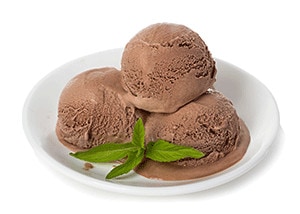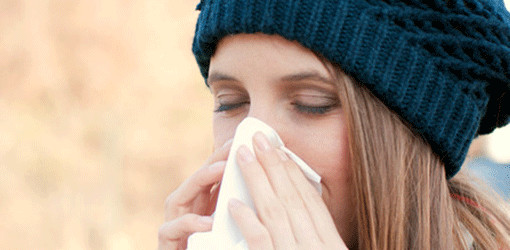Here are some quick reference points for common signs and symptoms of nutritional deficiencies that you may come across. These in turn can indicate deeper things happening within the body, something which can be assessed with iridology.
Soft or brittle nails:
Silica / Magnesium deficiency
Tired all the time:
B vitamins, minerals
Stretch marks:
Zinc deficiency
Dry scaly skin with hair follicles plugged with coiled distorted hairs and a red halo:
Vitamin C deficiency
Bleeding gums:
Vitamin C deficiency
Bags or dark rings under eyes:
Allergies or food intolerances
Poor healing:
Zinc deficiency
Pre-menstrual syndrome:
Magnesium, zinc, B6 or essential fatty acid deficiencies
Arthritis:
Boron and sulphur (MSM) deficiency
Persistent diarrhea leading to fatigue:
Magnesium and potassium deficiencies
Shaking hands:
Magnesium and vitamin B1 deficiency
Sensitivity to light:
Magnesium deficiency
Hair loss:
Thyroid, iron stores (must measure serum ferritin), biotin, zinc and essential fatty acid deficiencies
Frequent colds:
Zinc and vitamin C deficiencies
Poor sense of smell and taste:
Zinc deficiency
Dandruff, eczema, excessive ear was production, poor wound healing, excessive thirst (especially in hyperactive children), pre-menstrual symptoms of any sort:
Essential fatty acid deficiency
Persistent infections:
Vitamin C and zinc deficiencies
Muscle twitching and cramps:
Magnesium deficiency
Cracked heels:
Zinc, omega 3 essential fatty acid deficiencies
Red dots on the side of tongue (often seen in children):
Calcium phosphate deficiency
Cracking at the corners of the mouth:
Iron, vitamins B2, B6 and folic acid deficiencies
Recurrent mouth ulcers:
Iron, folic acid, vitamin B12
Dry, cracked lips:
Vitamin B2
Smooth, sore tongue:
Iron, vitamins B2, B12, folic acid
Fissured tongue:
Vitamin B3
Enlargement (prominence) of taste buds at the tip of the tongue (red, sore):
Vitamins B2 or B6
Bruising or enlargement of veins under the tongue:
Vitamin C
Red, greasy skin on face, especially sides of nose:
Vitamins B2, B6, zinc or essential fatty acids
Rough, sometimes red, pimply skin on supper arms and thighs:
Vitamin B complex, vitamin E or essential fatty acids
Skin conditions such as eczema, dry rough cracked peeling skin:
Zinc, essential fatty acids
Poor hair growth:
Iron or zinc
Dandruff:
Vitamin C, B6, zinc, essential fatty acids
Bloodshot, gritty, sensitive eyes:
Vitamin A or B2
Night blindness:
Vitamin A or zinc
Dry eyes:
Vitamin A, essential fatty acids
Brittle or split nails:
Iron, zinc or essential fatty acids
White spots on nails:
Zinc
Pale appearance due to anemia:
Iron, vitamin B12, folic acid (it’s essential to consult a doctor if you are anemic)
Easy bruising:
Bioflavonoids, Vitamin E
These may also have other causes so it’s best to come and see me if you notice any of these apply to you and I can recommend things for you to take. I am always interested to hear how you’re going and if you or your family would like any assistance with your health please don’t hesitate to contact me.








